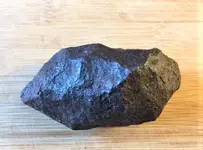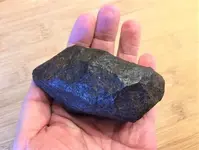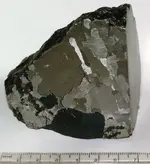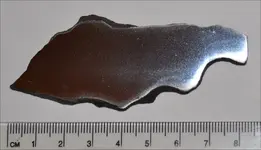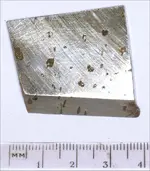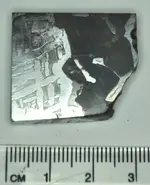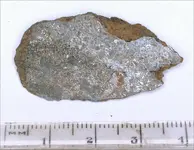Wow
Thats cool information
Thanks
QUOTE=Red-Coat;6655651]You are broadly correct that meteorites are priced by weight but that’s a very simplistic answer which doesn’t reflect the true situation. They’re priced by weight within the typology categories that relate to their composition. Common types will be priced at a few cents per gram all the way up to rare types which might command $50,000 per gram (although those won’t be magnetic). The value is also dependent on whether a meteorite can be said to be ‘paired’ with other known specimens (ie was part of a fall from which we already have specimens) or represents a new fall not previously recorded.
For paired specimens the value will be lower if the total known fall weight is substantial; and higher if the total known fall weight is small. For a new fall, the value rises further if the specimen has been typed, is recorded in the database of the Meteoritical Society, and has been granted an approved name. Overlaid on those prices are additional things which affect their value such as the presence of interesting features or mineral inclusions.
From the pictures posted so far, I see nothing which is particularly diagnostic for a meteorite and, frankly, I don’t usually put much credence in an unnamed geologist saying that it is, unless he has some specific expertise in meteoritics and/or further details of the tests performed are provided.
You say that he has “cut into it”. Good. But you have neither told us nor pictured what he found, except to say that it’s “nickel-iron”. That covers a multitude of types including the most common meteorites based on recovered weights (as opposed to most common by frequency of find). With the exception of some very specific meteorite types, I would defy anyone (even a geologist) to identify a meteorite just by looking. You also say “it was a pretty easy determination”. So, either he observed some specific diagnostic features, or he conducted further tests beyond just looking. What further tests did he conduct, if any?
The most common nickel-iron types are hexahedrites and octahedrites composed principally of kamacite and taenite (both of which are nickel-iron alloys). The way that they crystallise usually creates a distinctive geometric pattern known as “Widmanstatten figures”. Sometimes you can see these (or the boundaries between the two alloys) without enhancement but more usually, the diagnostic is to etch the cut surface in which case they really stand out… like these:
View attachment 1889391 View attachment 1889392
There is a less common class of nickel-iron meteorites known as ataxites which do not show these patterns because they’re composed principally of taenite with only microscopic lamellae of kamacite. Diagnostics then rest on chemical and other tests because there’s nothing much to see, unless inclusions are present… like these:
View attachment 1889393 View attachment 1889394
There are then other possibilities such as pallasites. Although these are “stony irons” and people often think of them as having globular crystalline deposits of olivine, that doesn’t apply to all pallasites. Anamolous ones or those outside the main group may principally show the metallic matrix, and it may also exhibit Widmanstatten figures like this example:
View attachment 1889395
There are then other stony irons such as mesosiderites which, although nominally a broadly 50:50 mixture of nickel-iron and silicates, have an irregular composition which may principally show the metallic portions only. This kind of thing:
View attachment 1889396
Unless your geologist was able to see Widmanstatten figures (which are virtually 100% confirmatory for meteorites) then he would have to rely on additional tests. At the simplest, things like analysis for nickel content and trace metals to check if the levels were consistent with meteoritic material, including the Iridium anomaly expected in meteorites. Also that there were not metals present which are unknown in meteorites. At a higher confirmatory level, things like oxygen isotope analysis.
My questions are not just to challenge what you have been told. Your geologist friend may well be right (you say "State Geologist" although do you mean Dr Darrel W. Schmitz or someone else?), but you haven’t provided enough information to be sure either way. Nevertheless, asking about the value of a claimed meteorite without more information about its possible typology and how it has been tested is a bit like asking “’I’ve got an old oil painting… how much is it worth?”
